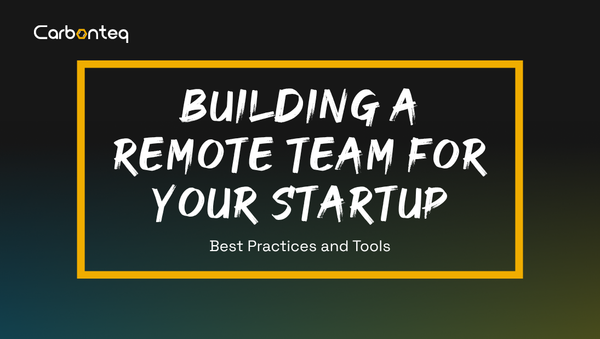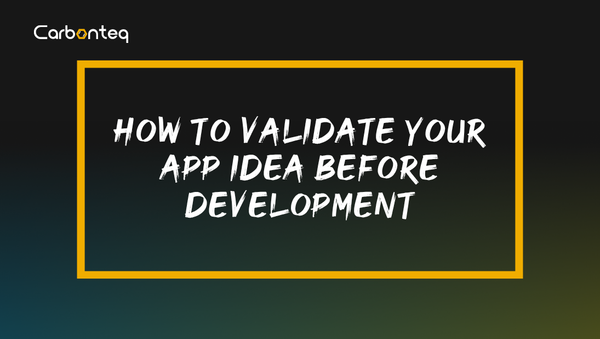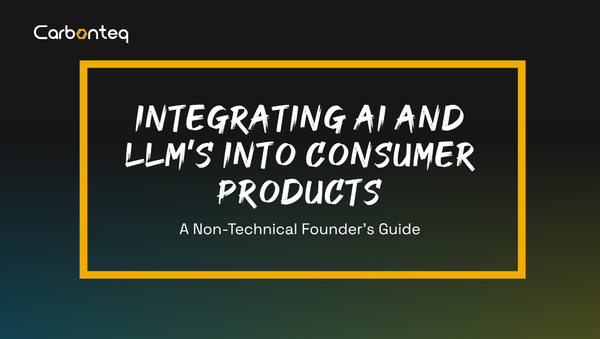MVP Development Process With Django

For those who don’t know what an MVP is, let me start from the bottom.
MVP stands for “Minimum Viable Product” Let’s take a look at the Minimal Viable Product definition from wikipedia:
“Minimum viable product (MVP) is a product with just enough features to satisfy early customers, and to provide feedback for future product development”
And I can’t agree more.
If you’re the owner of a company, just a solo Entrepreneur, or anything in between: MVP will allow you to test your idea of a product with minimal expenses and in a short amount of time. Keep in mind that MVP does not equal or supports the “Fails Fast” methodology.
MVP Software Development
In simple terms, MVP is the basic form of your product with its features and this form is created by following MVP Development Process. This product is then tested in the market and further decisions are made according to the response from users of the product.
It also allows the development team to validate their assumptions and tweak the product to improve the core functionalities. By doing so you will be better able to identify the areas where an investment of time and money is needed.
Let’s start with the steps that we need to take and the concept of development that we need to embrace during the MVP development Process. After we are done with the process we will take a look at why Django is one of the best tools for building an MVP Development.
If you are now sure how to decide on a technology stack or you are not sure if Django is right for you, then you can follow this link to first learn how to select the best technology stack.
4 Important Steps for building a Minimal Viable Product With Django
These steps will help you identify and build on the features that ultimately prove successful. It will also help you fill the gaps and overcome the obstacles that are preventing you from getting your product out in the market. Let’s get started.
1. Comprehending The Market Situation
The first step must always be to identify if your product is even needed in the market. If you don’t have the resource or clever tactics to create a brand new market then it is better to see what can work in the existing one.
If your product is needed then set up long term goals for the product and the success criteria on which to measure the success of your product.
2. Understanding And Building A User’s Journey
Depending on the goals of your product you need to plan out a user journey. In order to do that you first need to identify who your users actually are. Then you need to clarify the actions you want them to take. The final aspect of the user journey is to identify the point where this journey ends.
3. Mapping Out The Benefits And Shortcomings
In this step you have to write down the benefits and repercussions, if there are any, when a user goes through the journey you created in the previous step.
4. Finalizing The Feature To Be Build In MVP
Finally, now you can decide on the features you absolutely need to make a customer go through their journey. Keep in mind the purpose of MVP and the power features that Django Provides is to create a product with minimal feature and yet able to do exactly what its meant to do. So don’t go on and cram too many features to make the process charming, just the essentials.
Once you have gone through all these steps you will end up with the perfect Minimal Viable Product Example based on your idea.
Python Django Framework
Building a software or web application by starting from scratch isn’t easy. It takes too much time and effort.
Django has built-in tools to overcome this adversity. The built-in ORM allows developers to interact with the databases only using Python code.
Django REST Framework is the first choice of startups who want to create a Minimum Viable Product example before they start pouring in all their investment into the project. Nearly all the necessary features that an MVP requires come already packed in Django.
Take the example of an admin panel, an admin panel in Django Framework can be created using only one line of code. The framework also offers one of the best security levels currently available.
It also has the ability to incorporate a large number of third-party features, add-ons, etc. It makes the development of the MVP much faster.
Python Django also provides an easy way to integrate payment methods like PayPal and Stripe using REST APIs.
The list of reasons why Django is awesome for MVP Software Development can go on forever but keeping in mind the scope of this article, I will end the topic with this, Django is able to handle high load projects. It means that it can be scaled in the future to handle extreme loads of traffic. Instagram, Pinterest, and Disqus are some of the examples of applications built with Django.



